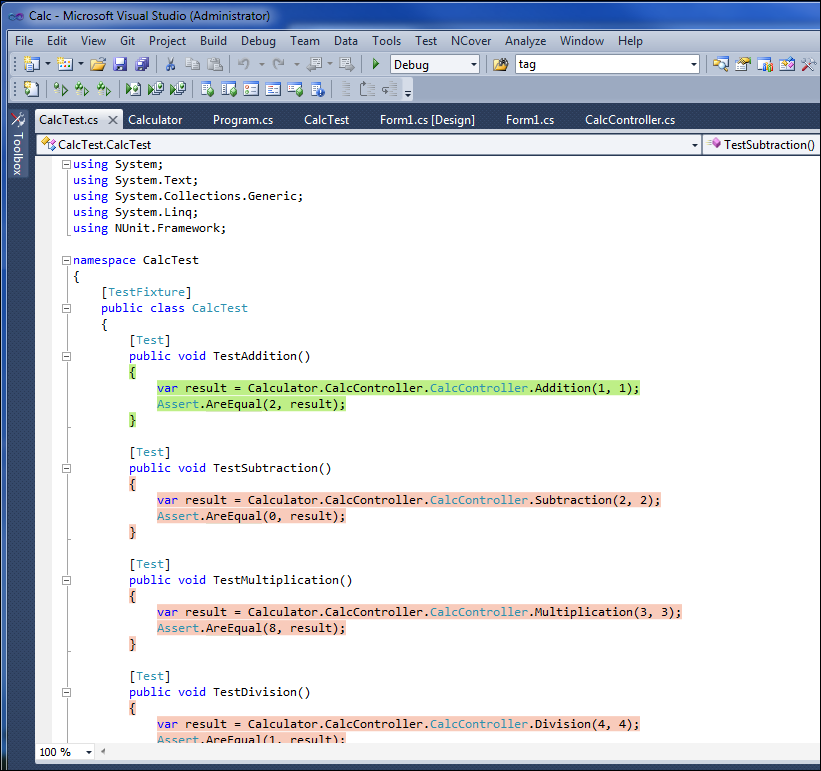

Normally in projects, we have multiple test projects we need to cover. The dotCover console runner is flexible in that it complies with most common requirements in a Continuous Integration setup. In fact, adding a third filename parameter, dotCover will do this for us, without us having to touch up the output (remove headers, etc.). The obvious advantage to this is that we can easily get a new configuration file setup by just asking for help and piping the output to some file. The previous command would therefore output: Since all commands take as parameter an XML file, when requesting help, all they do is generate a sample XML with comments indicating what each element means. For instance, to get information about analyse, we can type: All commands (including help) have corresponding shortcuts. We can also obtain a list of commands by typing dotCover.exe help on the command line:Īs shown in the figure above, we can find out more about each command by typing help followed by the command. analyse: Provides an all-in-one analysis and output.

report: Creates an XML report of the coverage results.cover: Coverage of specified application.Each of these commands in turn takes one parameter, which is an XML configuration file. The runner accepts several commands based on the operation we want to perform. The best option is to add it to the system path so as to be able to run it from anywhere. The Console runner is located under the installation folder (%Program Files%). *To get all these features in this post, you need to download the latest nightly build Console Runner As of the beta* of dotCover, we included a Console runner to run coverage using the command line, allowing for instance, setup of dotCover in a Continuous Integration environment.


 0 kommentar(er)
0 kommentar(er)
